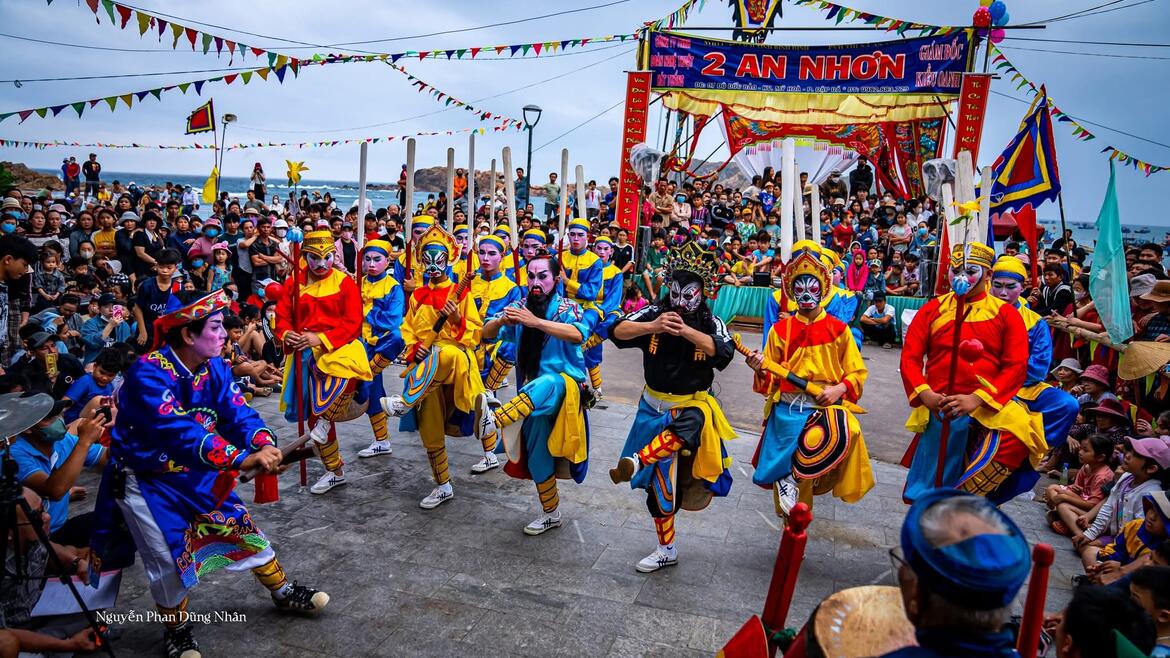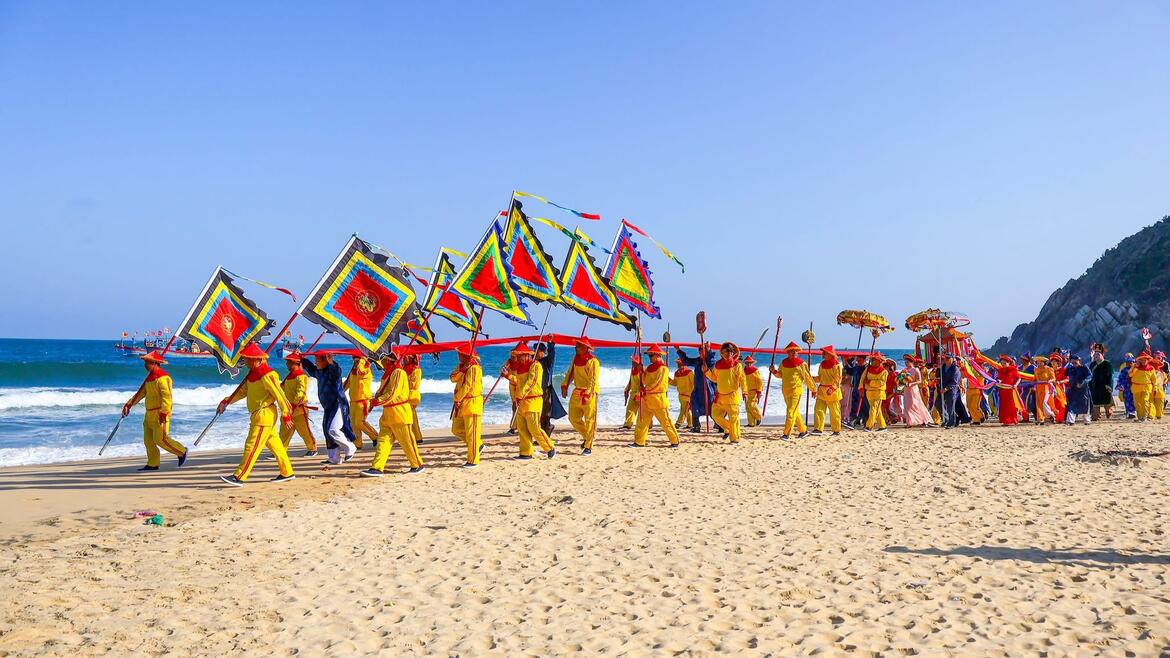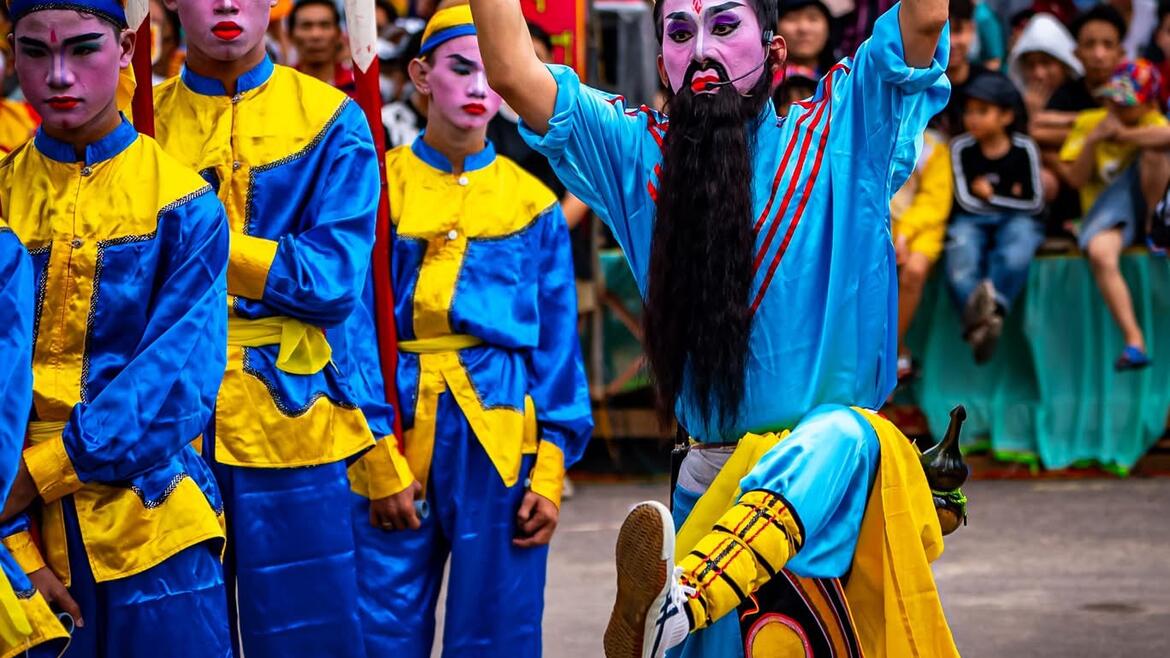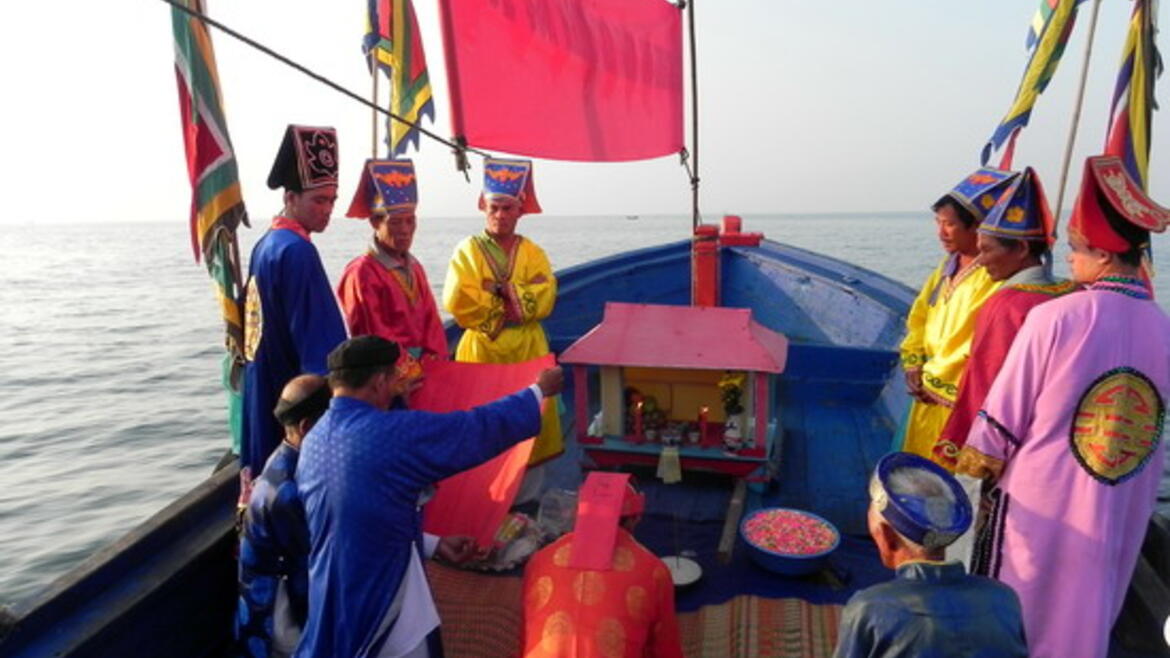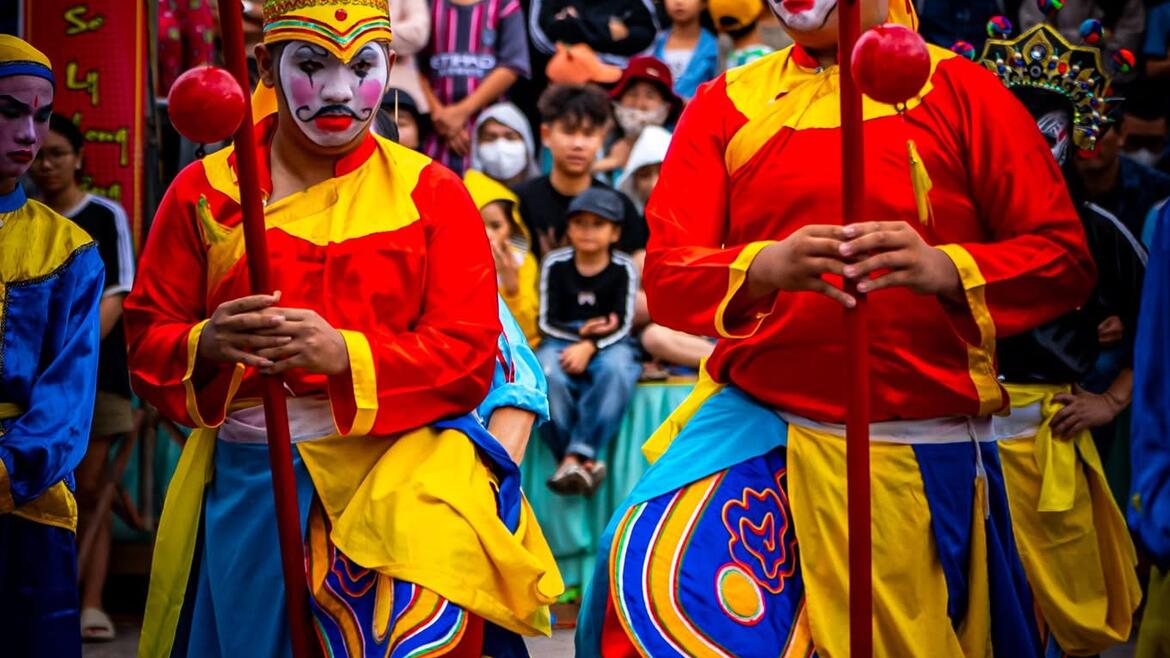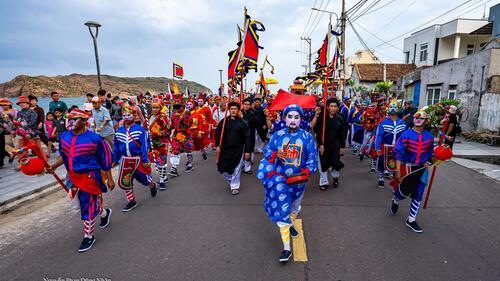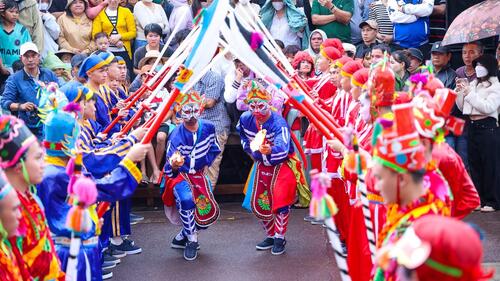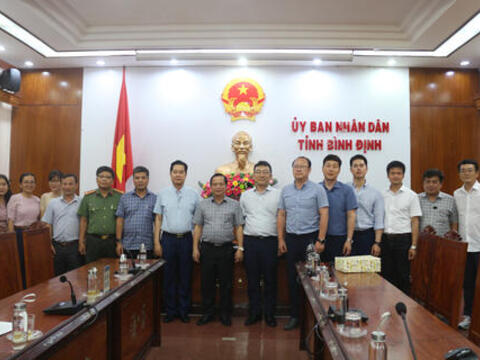In Binh Dinh, in addition to lowland or mountainous festivals, there is also a fishing festival of people in coastal communes. Having existed for a long time, the fishing festival is an extremely unique traditional cultural beauty of fishermen. It reflects the rich cultural and spiritual life and the beliefs with mysterious colors on the waves.
From the fishing festival
Starting from a life of drifting and turbulence, always having to deal with storms and storms with rudimentary means, the people of the sea had to believe in the divine realm. Every year, they hold a ceremony to pray for fish, worship "Mr. Nam Hai" or whales to pray for a peaceful sky, boats that go out to sea can have many fish and shrimps. Because they always have to face unexpected disasters, people in the sea often believe in metaphysical forces, so the fishing ceremony is also to pray for the water god, those who died in the river or in the sea to bless them.

The fishing festival is usually held at the whale shrine in the spring. This is the place to bury the remains of dead whales (fishes) washed ashore. In Quy Nhon, there is a mausoleum for Mr. Nam Hai in Tran Phu ward built to smoke incense and worship the sea god. At De Gi estuary, My Thanh commune (Phu My) also has a large mausoleum with nearly 100 whale skeletons on display in sarcophagi for worship.
The festival of praying for fish is usually conducted in two parts: the ceremony (giving the spirit), that is, the procession of the souls of the "Monsieurs" and those who died in the river and died at sea to their resting place. Next is the opening part with many fun activities such as singing, dancing, boat racing, swimming competition... The activities in this part reflect the activities and labors of fishermen on the waves.
And Ba Trao
A special feature in the fishing festival is the type of singing and dancing. Ba Trao is like a dance and song scene, showing the activities and labors of fishermen such as rowing boats, pulling nets or describing the scene of bringing the spirits of a boat to transport unjust souls to the supernatural realm.
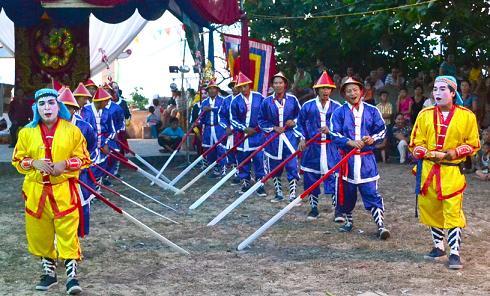
A scene of dancing and singing in the Fishing Festival.
The Ba Trao team is usually from 8 to 16 people, there are 12 to 18 people, dressed in ancient ceremonial style and 3 commanders including: general nose, chief drill (general) and commander. The festival begins with a rowing dance. After being ordered by the captain, the rowers jump together in one step, from one row to two rows, and then to four vertical rows. Then they knelt down and bowed three times and began to row the oars. From this movement, the three commanders sing along to the tunes of the pipe horse, say the way or sing the guest, and sing the male song. The comrades (companies) sometimes accompanies, or repeats a part of the tuong roles. For cheo take Linh, the lyrics are usually magical and magical sentences like "Ho ho take Linh":
Đưa linh phản hồi
Ai đem chiếc thuyền loan qua bể Bắc
Không cho chim nhạn đậu chốn non đoài...
Hoặc như:
... Mau chỉnh tu bát nhã từ thuyền
Đưa âm linh chớ có nại phiền
Qua khổ ải đặng thoát vòng nghịch kiếp
Usually, the content of the songs in the spiritual part has a lot of humanity, showing sympathy and compassion for those who suddenly have to die in the middle of the sea because of a sudden disaster.
From the swimming and brushing movements in the boat racing festival to the rowing and giving the spirit in ba Trao singing and dancing, although the props are still kept, the paddles have been stylized and changed to suit the content of the dance. If in racing, the movement must be strong and agile, in the spirit, it needs to be slow, respectful and gentle.
At the beginning of the song, because it is a scene, the dance and singing takes place in a full seagoing process from the time the boat goes out to sea until the time it returns. During that process, the rowing crew sometimes has to fight storms, or when the sea is calm, they let go of fishing, pull the net... These movements evoke a sense of familiarity and love for the sea. with a profession. Viewers are thrilled to the rhythm of intense labor:
Ủa lạ, trời giông nên mới chớp lòa
nhìn biển lặng phút đâu đà nổi sóng
bớ đà trưởng, giông! Giông! Bớ đà trưởng.
From the way of speaking in accordance with the urgent rhythm to the calm when mastering the rower when the weather is calm and the sea goes down with the rhyme:
Linh đinh sóng gió dập dồi
rày sông mai biển mấy hồi gian nan
gian nan nhiều đàn lao lực
thẳng tợ đờn chín khúc quặn đau...
Thus, the content of Ba Trao singing and dancing is not only purely praying for super, sending souls but also a professional song. This feature is also reflected in the costumes and dances in the style of the tuong of the general nose, the driver and the rowers in ba Trao singing and dancing.
It can be said that, up to now, the fishing festival as well as the type of ba Trao singing and dancing have found a worthy place in the national culture. Through the ups and downs of time and challenges, what remains is often the essence, worthy of maintenance and respect.

 Tiếng Việt
Tiếng Việt 
